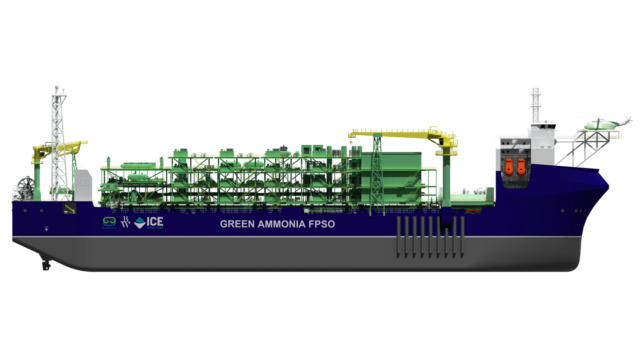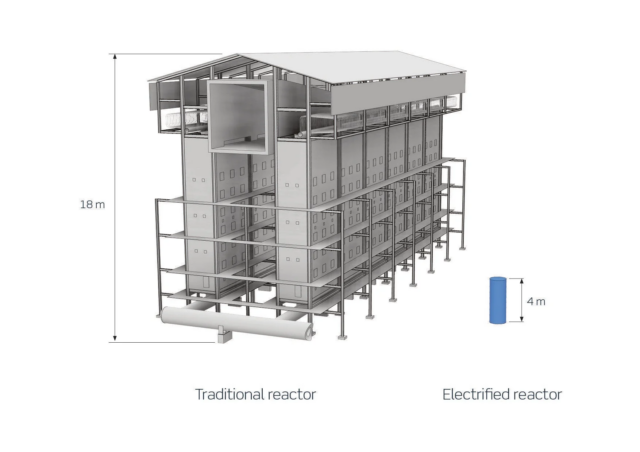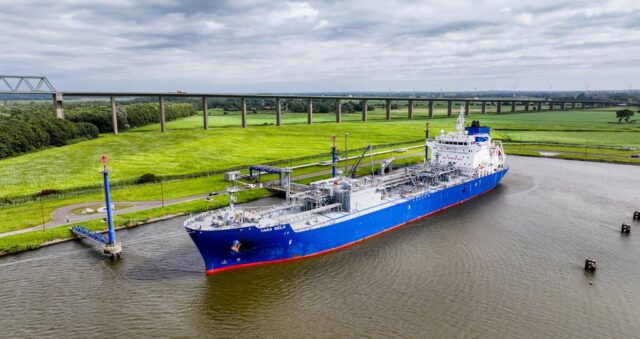Topsoe’s SOE manufacturing plant in Herning, Denmark is on-track to begin operations this year, with the first 100 MW of units to be delivered in early 2025 to First Ammonia for its renewable ammonia production project in Port of Victoria, Texas.
Europe
Yara expands capacity for low-emission imports into Europe
Yara is expanding its capabilities for import of low-emission ammonia across Europe, with new infrastructure and a series of offtake agreements already announced in 2024. Hear more from Yara Clean Ammonia CEO Hans Olav Raen at our upcoming annual conference.
Ohmium to develop PEM electrolysers for floating ammonia production
Ohmium will develop 300 MW of PEM electrolyser capacity for SwitcH2’s offshore hydrogen and ammonia production vessel. Moored off the coast of southern Europe, the 268m-long vessel will be powered by nearshore renewable energy, and the electrolysers fed by desalinated seawater, producing enough ammonia to “fuel multiple oceangoing vessels for a full year”.
Technology options for low-emission ammonia production from gas
In this Technology Insights article, we explore the different technology options for low-emission ammonia production from gas feedstock. What are the different energy, carbon capture, scale and maturity trade-offs that need to be considered? What technology choices are project developers currently making?
BASF, Evonik: “biomass-balanced” ammonia for polyamide products
BASF has successfully delivered its first shipment of BMBcertTM grade ammonia to Evonik. Produced via a “biomass balanced approach”, the ammonia will be used by Evonik to manufacture a range of products, including resins, paints, shoe soles, and gas pipes.
Yara, Trammo: increasing ammonia import capabilities in Europe
Yara has officially opened its new ammonia import terminal in Germany, with enough capacity to handle 3 million tons of ammonia imports per year. In France, Trammo will support the redevelopment of a section of Elengy’s Fos Tonkin LNG terminal into an ammonia import location, including construction of an ammonia storage tank, rail access and bunkering facilities.









